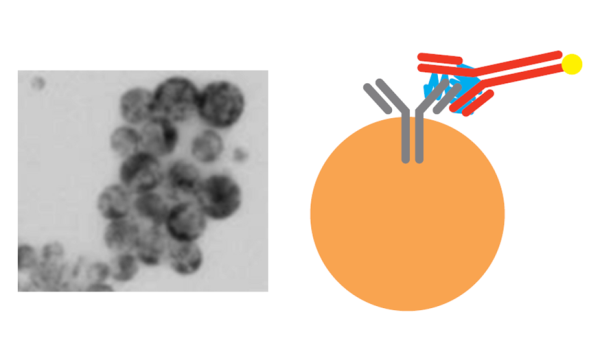Chemiluminescent immunoassays (CLIAs) are excellent assays for high-throughput, low analyte concentration and time sensitive testing and isolation. Using coated magnetic beads, such as streptavidin beads, as the reagent in a CLIA is an easy and established technique favored among many clinical scientists.
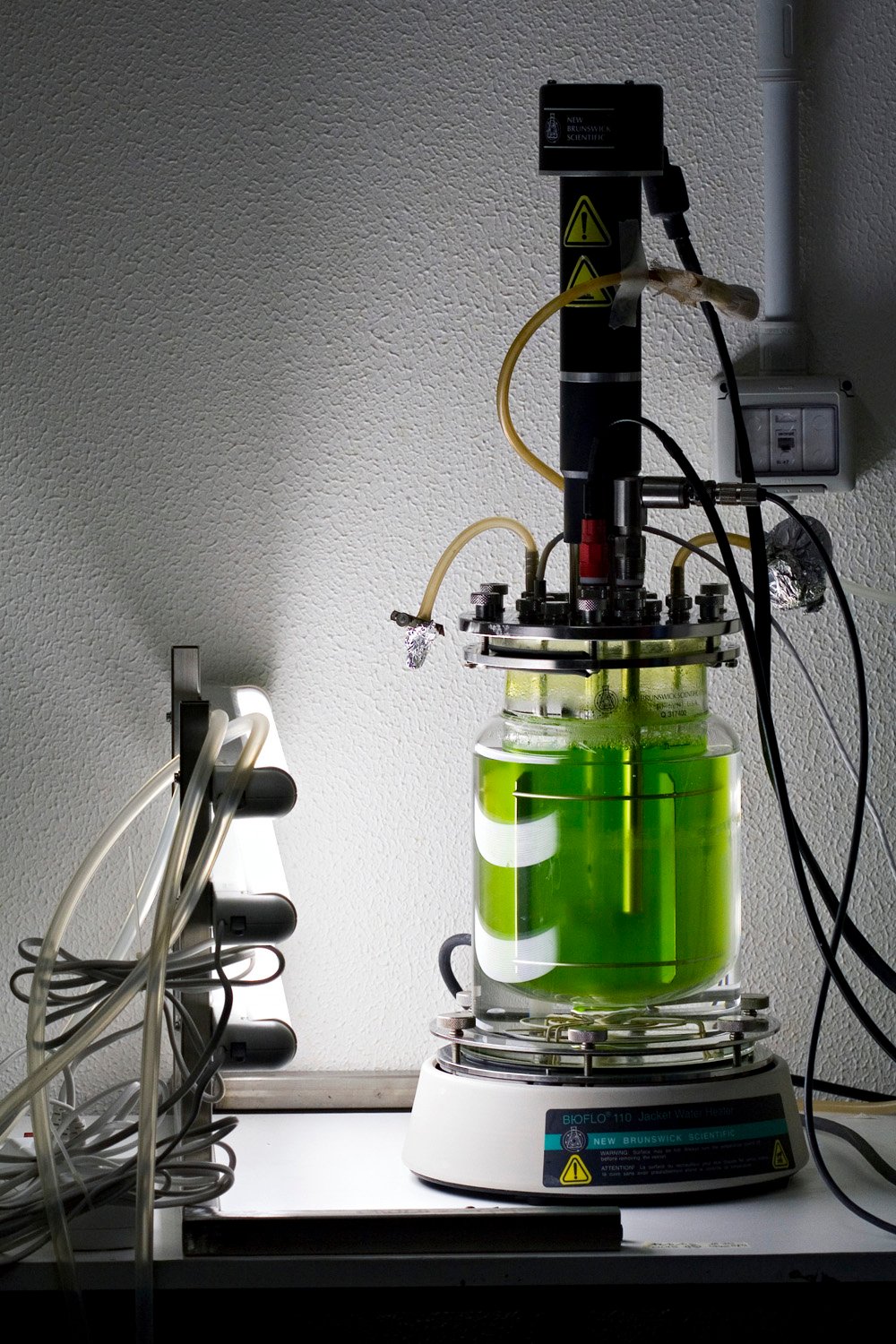
Bioreactors are an advanced phase of any production process, as small scale production has been left behind and scale up is being developed. Increasing the working and production volume brings many benefits to the process, but it is also more difficult to work with larger volumes, including when we work with magnetic beads.
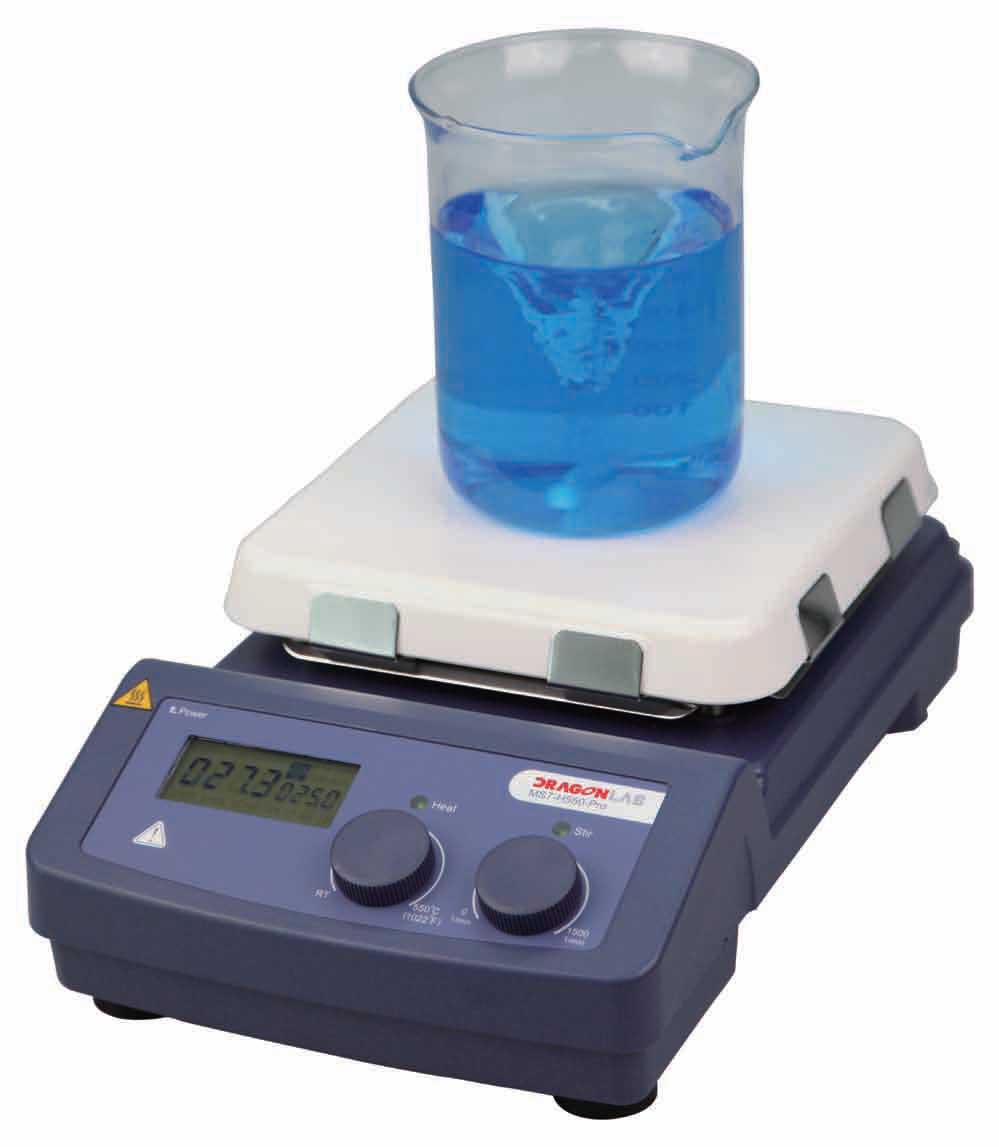
Magnetic beads need to be constantly mixed and homogenized to avoid sedimentation and clumping problems. Even when the sonication method is necessary to break up aggregates, mixing and homogenization is necessary.
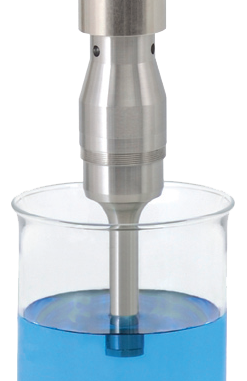
The sonication method is used to break up irreversible magnetic bead aggregates when they are generated during various steps of the production process. However, sonicating a large volume is not a straightforward process. To set up a largevolume sonication, you must choose the proper probe, the power, and the conditions, but choosing and determining these things can be tricky.
This post is about resuspension techniques, such as the sonication method, and how they can solve magnetic bead aggregation. If you are interested in this topic, download our free ebook The basic guide for resuspending magnetic beads:
One very important thing you must ask yourself is ‘why do I have aggregates in the first place?’. There are two possible causes of irreversible aggregation that you need to investigate:
1. Did you properly block the exposed hydrophilic bead surface after coating?
During the production process, you will coat the beads, but you will not always be able to coat their entire surface. If you have not blocked the parts of the beads not covered by your antibodies or antigen, these exposed surfaces can react with other proteins or with the protein on neighboring beads. If you are using the correct blocking reagent, you will reduce auto-aggregation, thereby reducing non-specific background reactions.
Since avoiding aggregate formation altogether greatly simplifies re-suspension, it is worth trying different blocking reagents to find the optimal re-suspension conditions (e.g. BSA, Tween 20, Triton-X 100, etc.).
2. Are you applying excessive magnetic force when separating the beads?
The magnetic force in classical separation systems decreases quickly with distance from the magnets. Because of this, technicians need to generate extremely high forces in the magnetic bead retention areas in order to have enough force to capture beads far from the magnets. In addition, since the forces are weak far from the magnets, separation times are long, causing the beads in the retention area to experience high magnetic forces over long periods of time. High magnetic forces can cause irreversible bead aggregation in spite of optimal blocking techniques.
Modern homogeneous biomagnetic separation systems, however, generate the same force in the entire working volume, thus decreasing the time for bead recovery, increasing the amount of beads recovered and decreasing the forces the beads experience in the retention area over time. Gentler retention forces, larger retention areas and the shorter exposure time to magnetic forces can result in an avoidance of irreversible aggregation altogether.
If you can avoid irreversible aggregation, mixing via homogenization is the only technique necessary to resuspend the beads allowing for a simpler, more predictable process that is easy to scale up.
Don't forget to check these posts from our blog in order to get a deeper insight into magnetic bead resuspension:
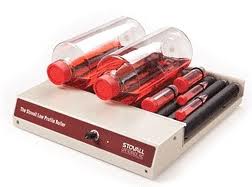
Resuspension of the magnetic beads is the key to guaranteeing both in lot and lot to lot consistency of the resulting in vitro diagnostic (IVD) magnetic bead reagents. In order to achieve resuspension of solids with liquids, scientists and technicians in the lab typically use five different general techniques:
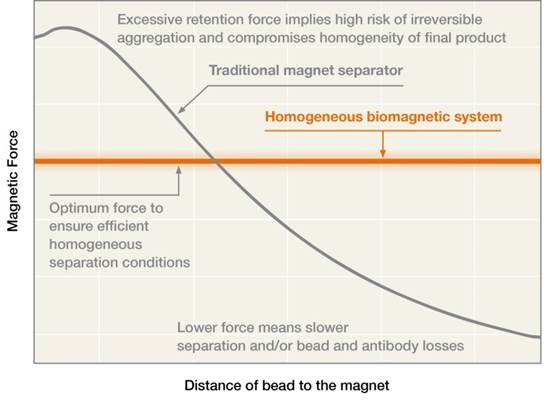
Due to the inherent properties of classic non-homogenous biomagnetic separators, beads can aggregate during the magnetic separation process. When this happens, technicians try to resolve the magnetic beads separation problem by using special resuspension techniques like the sonication method. But problems with resuspension can ultimately lead to end-product variability, especially if aggregation is not detected early.
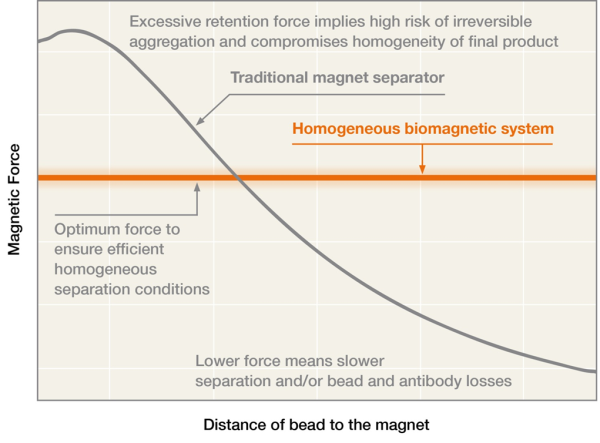
In-lot consistency is the key to reproducibility at the level of a kit. Unfortunately, in non-homogenous systems irreversible aggregation is one of the main sources of in-lot variability. If all of the beads are exposed to the same force as they are in homogenous magnetic systems, the risk of aggregation is greatly reduced. Because of this, it is important to know how to avoid irreversible aggregation problems during a magnetic separation process.
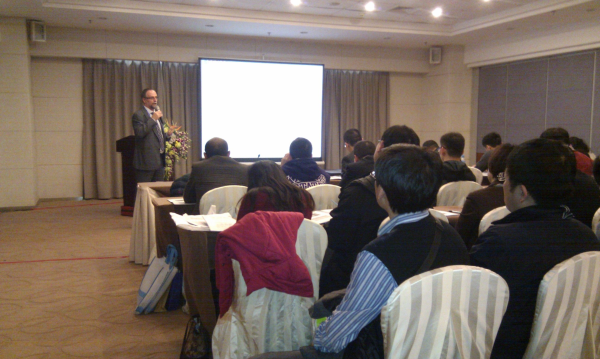
By Lluis M. Martinez, CSO Sepmag

